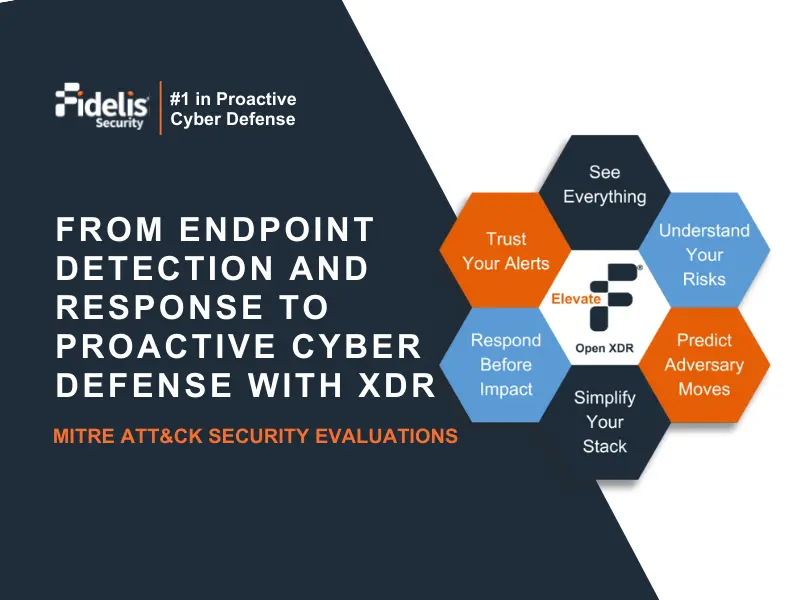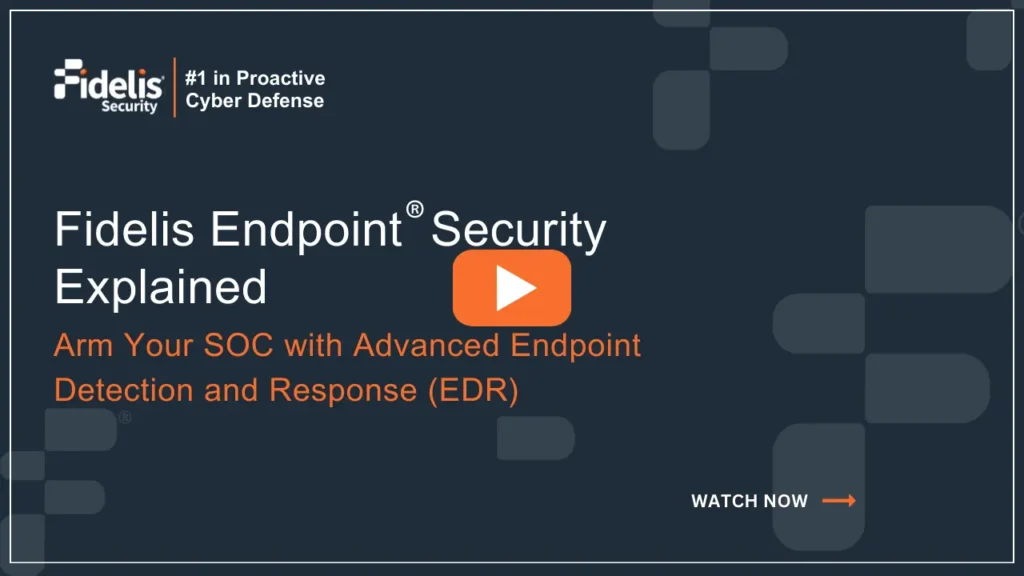An endpoint can be defined basically just as any device connected to a network, which also means that it functions as either an entry or exit point for the transfer of data. We often think about these devices as simply being desktops, laptops, smartphones, tablets, servers, and so on. However, they can also take the form of Internet of Things (IoT) devices like printers, cameras, smart-home products, etc. Each one of these devices can be viewed as a potential access point or vulnerability for a malicious actor to exploit unauthorized or undesired access to a network.
Endpoint security refers to the process of securing an endpoint or end-user device and protecting it from malicious cybersecurity threats. It encompasses the security solutions employed to monitor, detect, and respond to a always faults and/or malicious activity targeting endpoint devices.
As an example, consider a situation where a user downloads a file. The endpoint security software would scan the file before allowing the user to utilize it for malware to verify potential malicious content. If malware was identified, the software could quarantine or delete the file, therefore maintaining the consumer’s device from being compromised or harmed.
Today, endpoint security does not stop at antivirus solutions, it expands to include an all inclusive patriarchal mechanisms for protection, threat detection, investigation and response.
When developed, effective endpoint security may leverage technology, such as:
- Endpoint Detection and Response (EDR): A solution used to continuously monitor endpoint endeavors, for the purpose of threat detection and response
- Data Loss Prevention (DLP): a cybersecurity solution which stop malware leaving an endpoint device.
- Patch Management: ongoing operating system updates, as well as updates from endpoint software to address vulnerabilities that present a risk of being exploited.
- Machine Learning algorithms: sophisticated algorithms that automate the detection and mitigation of a zero-day threats using pattern and behavior analysis.


